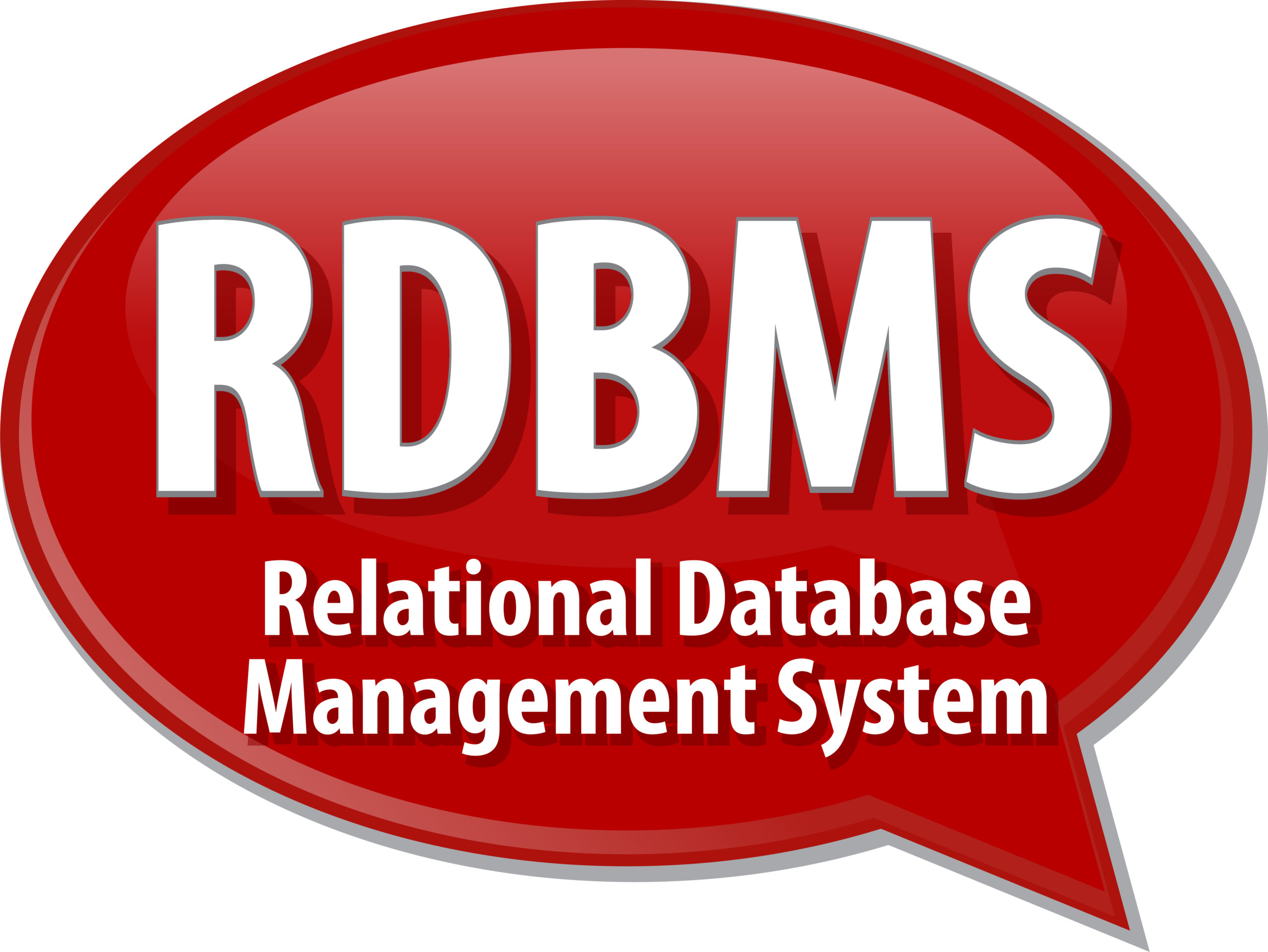Log buffer #547: a carnival of the vanities for DBAs
On this page
Share this
Share this
More resources
Learn more about Pythian by reading the following blogs and articles.
Log buffer #559: a carnival of the vanities for DBAs
![]()
Log buffer #559: a carnival of the vanities for DBAs
Feb 22, 2019 12:00:00 AM
2
min read
Migrate RDB to Cloud SQL Using Google’s Dataflow


Migrate RDB to Cloud SQL Using Google’s Dataflow
Jan 13, 2022 12:00:00 AM
2
min read
Viewing PostgreSQL Logs from the OCI PostgreSQL Service


Viewing PostgreSQL Logs from the OCI PostgreSQL Service
Dec 19, 2023 2:48:38 PM
5
min read
Ready to unlock value from your data?
With Pythian, you can accomplish your data transformation goals and more.
